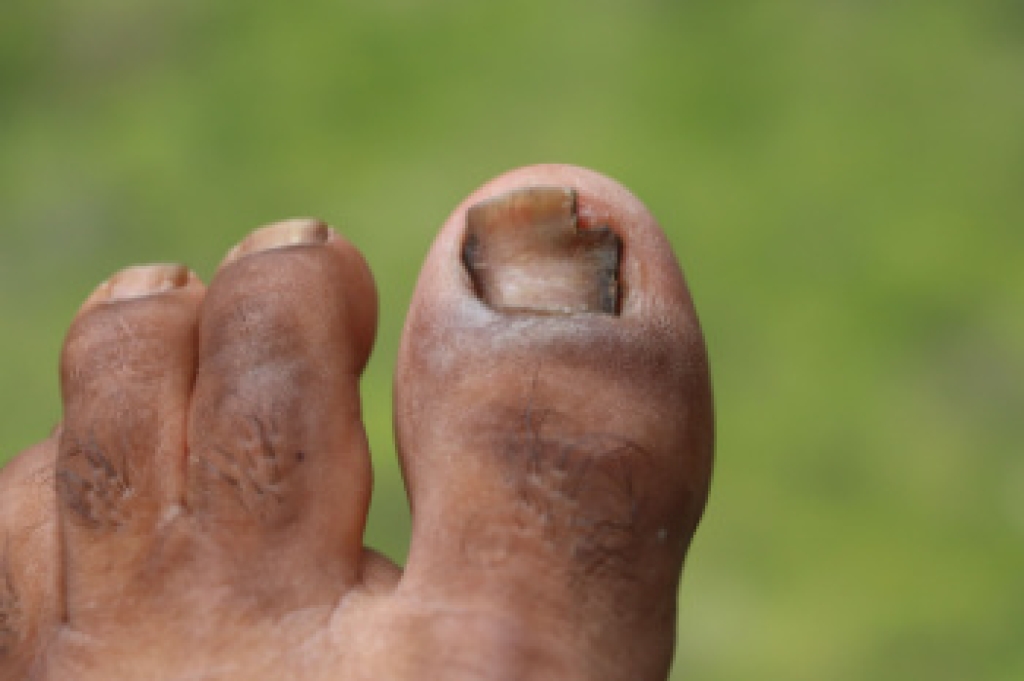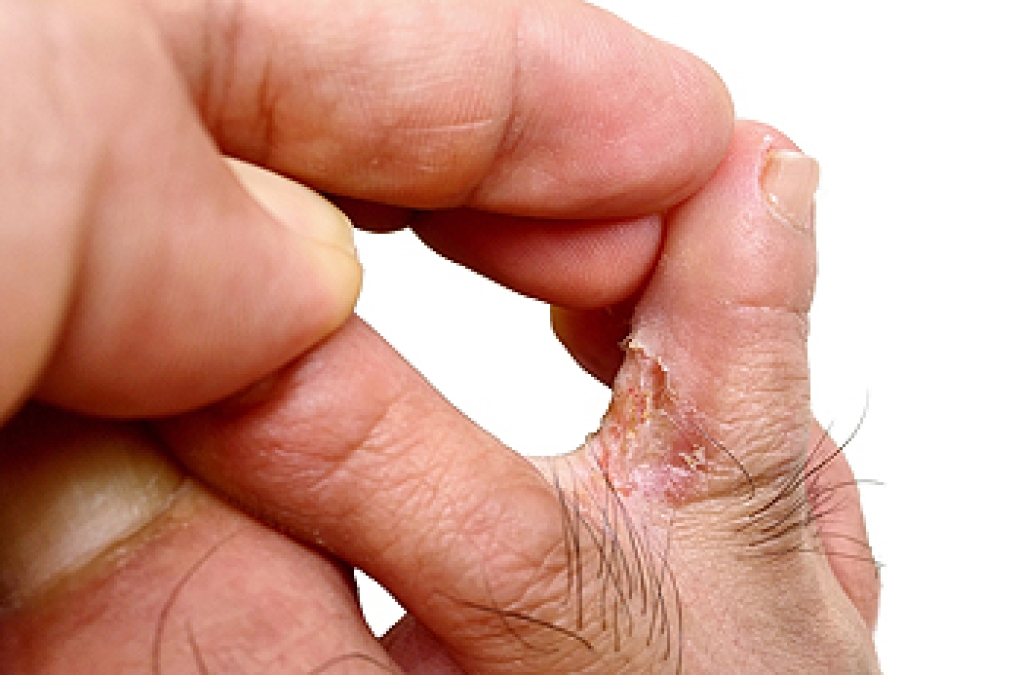
Toenail fungus, also known as onychomycosis, is a common condition that affects the appearance and health of the toenails. It often begins as a white or yellow spot under the nail and can spread deeper, causing the nail to thicken and become discolored, brittle, or distorted in shape. In some cases, the nail may separate from the nail bed and emit an unpleasant odor. It may feel uncomfortable or painful, especially when wearing shoes. Causes include exposure to warm, moist environments, such as locker rooms or public showers, wearing sweaty shoes, nail injuries, or having a weakened immune system. A podiatrist can diagnose toenail fungus through a physical exam and lab testing. Treatment options include topical or oral antifungal medications or removing the affected nail. Early treatment improves results and helps prevent the infection from spreading. It is suggested that you make an appointment with a podiatrist at the first sign of toenail changes or discomfort.
If left untreated, toenail fungus may spread to other toenails, skin, or even fingernails. If you suspect you have toenail fungus it is important to seek treatment right away. For more information about treatment, contact Kenneth Donovan, DPM of Advanced Care Foot and Ankle. Our doctor can provide the care you need to keep you pain-free and on your feet.
Symptoms
- Warped or oddly shaped nails
- Yellowish nails
- Loose/separated nail
- Buildup of bits and pieces of nail fragments under the nail
- Brittle, broken, thickened nail
Treatment
If self-care strategies and over-the-counter medications does not help your fungus, your podiatrist may give you a prescription drug instead. Even if you find relief from your toenail fungus symptoms, you may experience a repeat infection in the future.
Prevention
In order to prevent getting toenail fungus in the future, you should always make sure to wash your feet with soap and water. After washing, it is important to dry your feet thoroughly especially in between the toes. When trimming your toenails, be sure to trim straight across instead of in a rounded shape. It is crucial not to cover up discolored nails with nail polish because that will prevent your nail from being able to “breathe”.
In some cases, surgical procedure may be needed to remove the toenail fungus. Consult with your podiatrist about the best treatment options for your case of toenail fungus.
If you have any questions please contact our office located in Charleston, SC . We offer the newest diagnostic and treatment technologies for all your foot and ankle needs.




